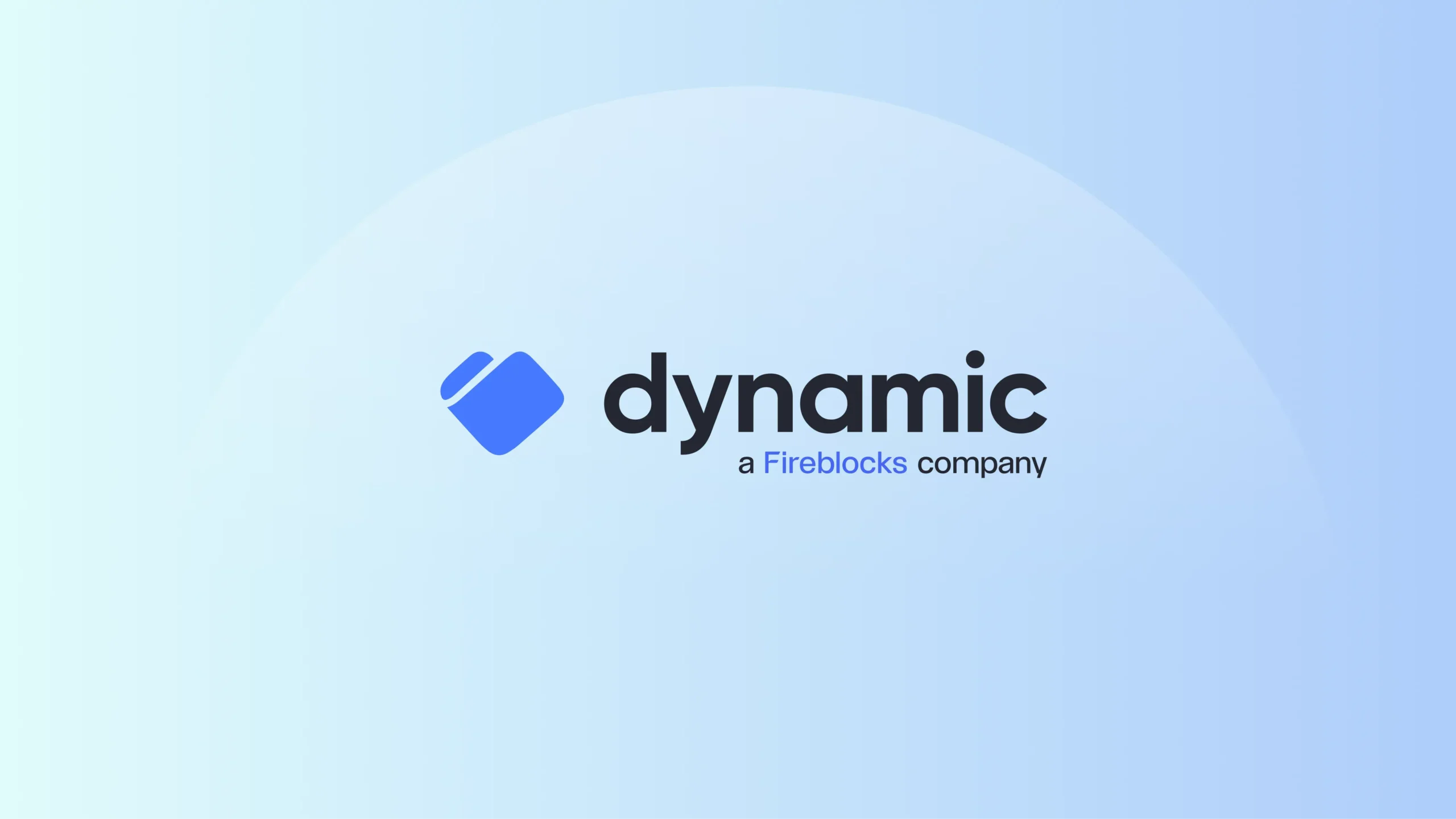For banks, the question is no longer if they should act, but how fast they must adapt.
Over the last two decades we’ve seen a meteoric rise of fintechs, starting as small startups focused on user acquisition and hypergrowth. Today, these same firms are maturing into sustainable, profit-generating businesses proving they’re here to stay; they are fundamentally reshaping the financial services industry.
With increasingly diversified product lines, robust technology stacks, and regulatory support, fintechs are no longer just serving the retail masses—they’re climbing upstream, taking on traditional financial institutions at their own game. They’ve leveraged their digital-first edge to capture the initial share of digital wallets. Now, fintechs are using emerging settlement technologies like blockchain to deepen that advantage, accelerating innovation and expanding offerings at unprecedented speed.
From P2P Payments to Institutional Powerhouses
The fintech revolution started with P2P remittance payments, a market that was dominated by a small number of brick-and-mortar incumbents who spent decades building out infrastructure and networks. As technology and mobile banking started to proliferate, digital-first remittance providers with targeted focus started to take share of wallet away from the incumbents by competing on cost and user experience. Fast forward to today, neobanks and fintech platforms now offer a full suite of financial services: deposit accounts, lending, brokerage, and even institutional-grade solutions.
Take Nubank, for example. Once known for its consumer credit cards in Brazil, Nubank has become one of the largest digital financial services platforms in the world, boasting over 90 million customers across Latin America.
Fintechs like Revolut, which reported over $1 billion in revenue in 2023 (a 45% YoY increase), have expanded into crypto, business banking, and wealth management. These are just two examples of many across the globe, with an eye towards a continued move upmarket to corporates and institutions.
A New Digital Standard—Driven by Rails, Not Branches
At the heart of this shift is a fundamental change in customer expectations. The modern customer—retail or institutional—expects digital, secure, real-time, and borderless experiences. Where banks relied on batch-based systems and legacy infrastructure, fintechs were born into the world of APIs, real-time rails, and 24/7/365 uptime.
WisdomTree recently launched its Prime platform, offering tokenized assets with the ability to settle in real time.
This trend is being accelerated by crypto and blockchain-based rails, which offer instant settlement, programmable transactions, and reduced reliance on legacy intermediaries. Wallets, not accounts, are becoming the front door to the financial system. And while banks historically offered infrastructure to fintechs, many are now watching these same players become licensed institutions themselves.
Global Scale from Day One
Fintechs have also capitalized on globalization. By leveraging cloud-native infrastructure, borderless payment rails, and scalable compliance solutions, they can go live in new markets with unprecedented speed. Bancolombia’s recent partnership with crypto firms to provide blockchain-based payment and custody services highlights how traditional banks in emerging markets are embracing digital rails to leapfrog outdated models.
Meanwhile, emerging markets that are unencumbered by decades of patchwork IT have become the proof point for innovation. Mobile-first economies like Kenya, Indonesia, and India have adopted digital wallets and decentralized finance at an accelerated pace, bypassing the traditional credit card and branch models altogether.
Risk Appetite, Innovation, and the Nature of the Market
What separates fintechs from incumbents isn’t just technology—it’s DNA. Nimble, risk-tolerant, and often mission-driven, these companies are built to move fast. They embrace emerging markets like crypto, DeFi, and stablecoins not as threats, but as opportunities.
Their willingness to dive into crypto not only differentiated their product, but also helped fund broader business growth. In contrast, many traditional banks are hamstrung by regulation, risk aversion, and legacy systems – keeping them on the sidelines. Chokepoint 2.0, the increasing regulatory scrutiny and banking access limitations faced by crypto firms, has only accelerated the desire of fintechs to secure their own banking licenses and infrastructure. We’re now seeing this across Europe, Latin America, and Southeast Asia.
The Road Ahead: What Does This Mean for Banks?
The bottom line? It’s still early for banks to enter the digital asset space in a meaningful way—but the window is closing fast.
Payments and stablecoins are leading the charge, offering clear product-market fit. According to McKinsey, digital wallets processed over $15 trillion in transaction volume in 2023, with that number expected to double by 2027. Meanwhile, real-time payments are growing 33% CAGR globally, while SWIFT-based payments are losing relevance outside interbank settlements.
To remain competitive, banks must:
- Invest in digital rails that support real-time, cross-border transactions.
- Develop in-house expertise in crypto and blockchain technologies.
- Partner with proven platforms to accelerate go-to-market strategies.
- Pursue regulatory clarity proactively rather than reactively.
At Fireblocks, we believe digital asset infrastructure is not just for crypto natives—it’s for every financial institution preparing for the next era of finance. With the right infrastructure, expertise, and risk framework, banks can evolve—before the gap becomes irreversible.
The pressure is on—and the roadmap is clear.Ready for a deeper dive? Schedule a demo.

